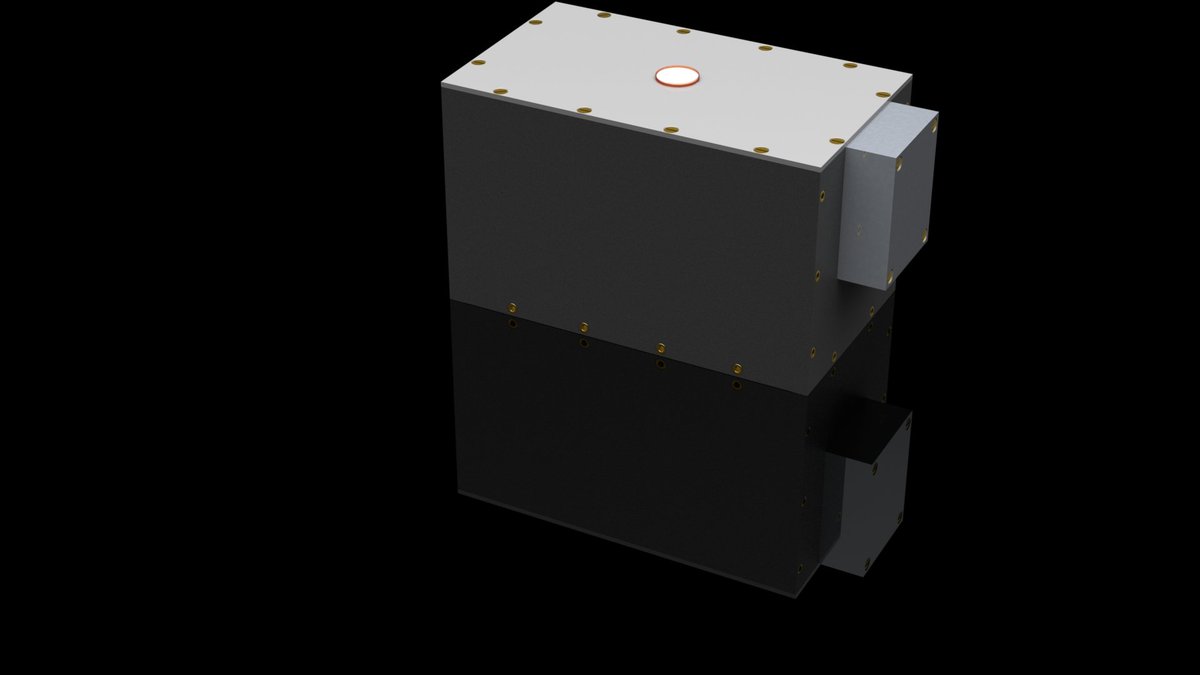#BigDay #HealthTech #PortableMRI #HydrationSensor
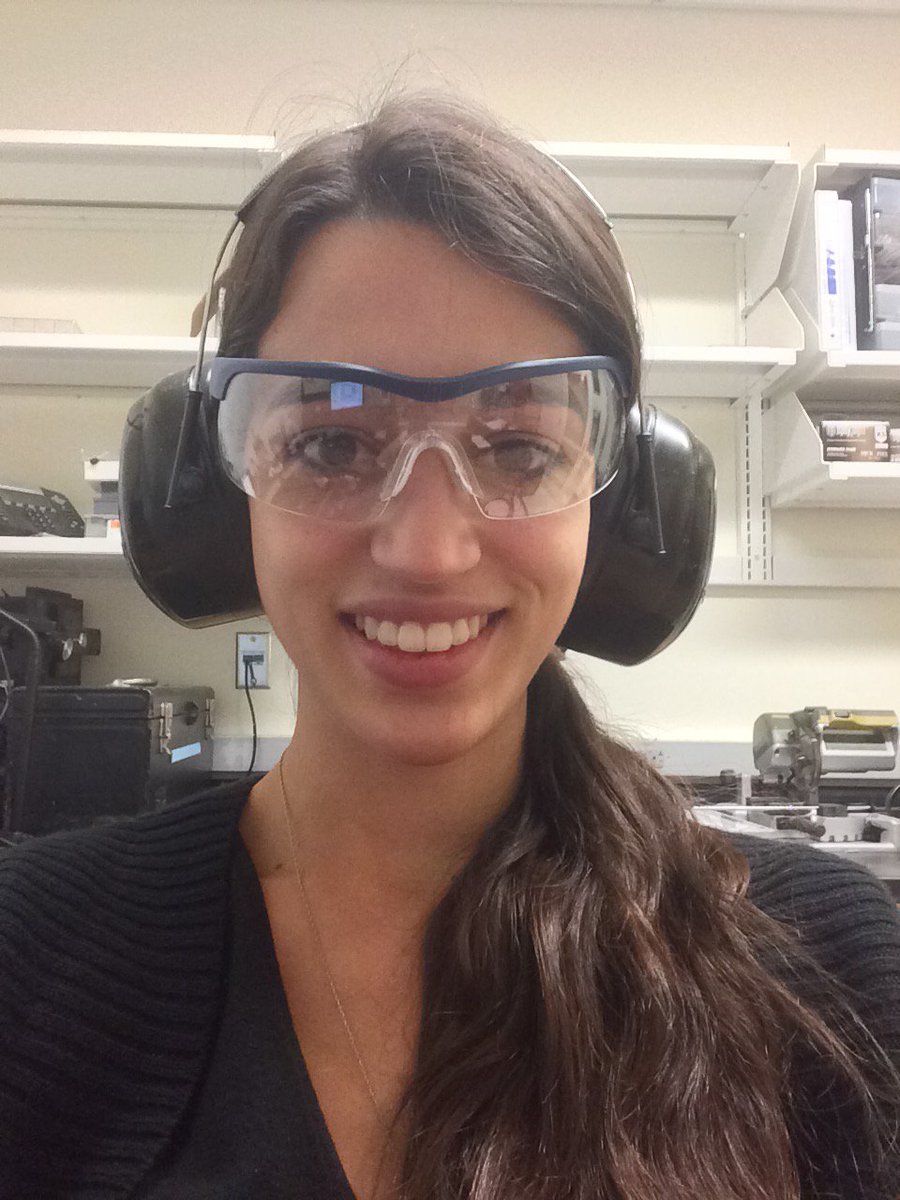
I wrote about this for the @MIT_alumni blog: alum.mit.edu/slice/grad-lif…

#hydration #MRI #science

#sensors #HealthTech #algorithms #science
Here is the link to the paper: stm.sciencemag.org/content/11/502…
And also feel free to get in touch!
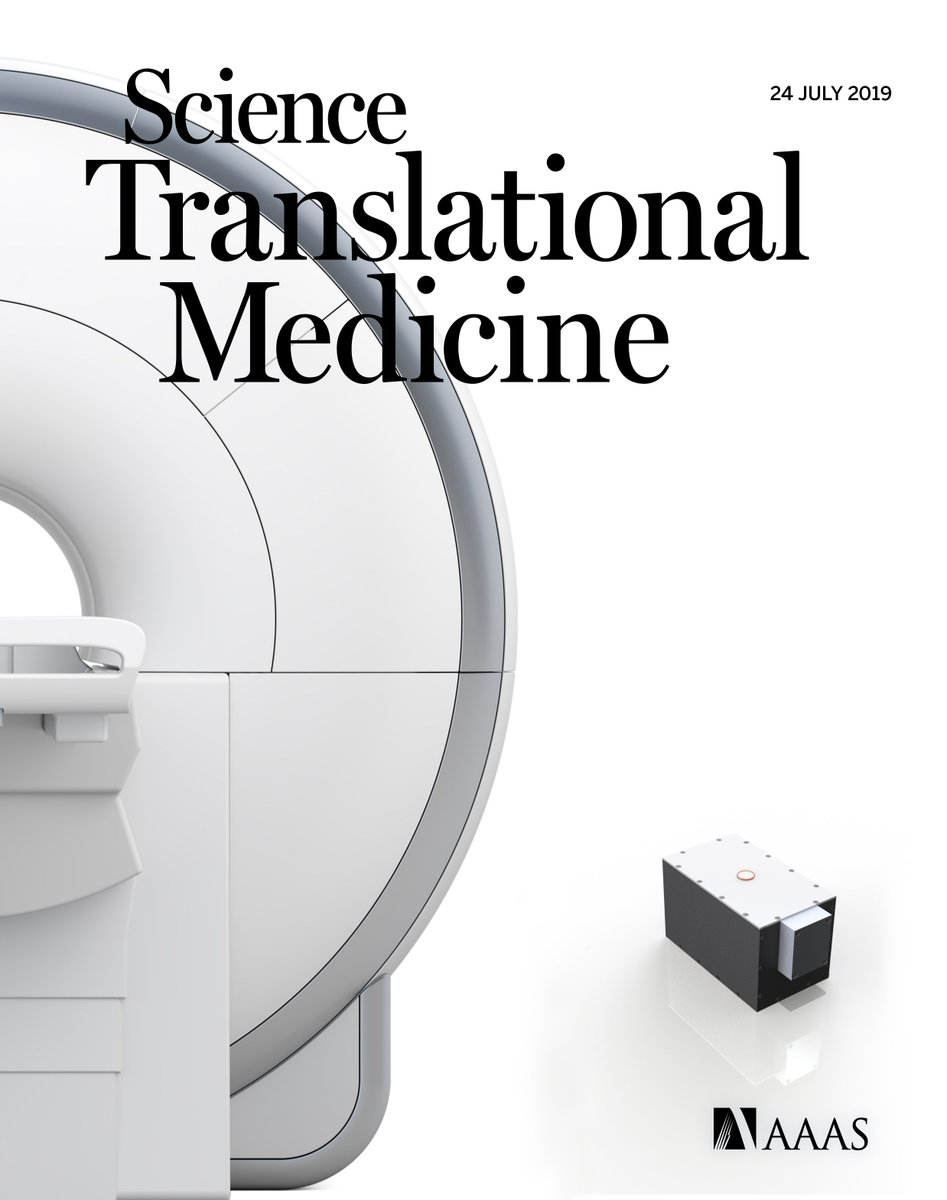
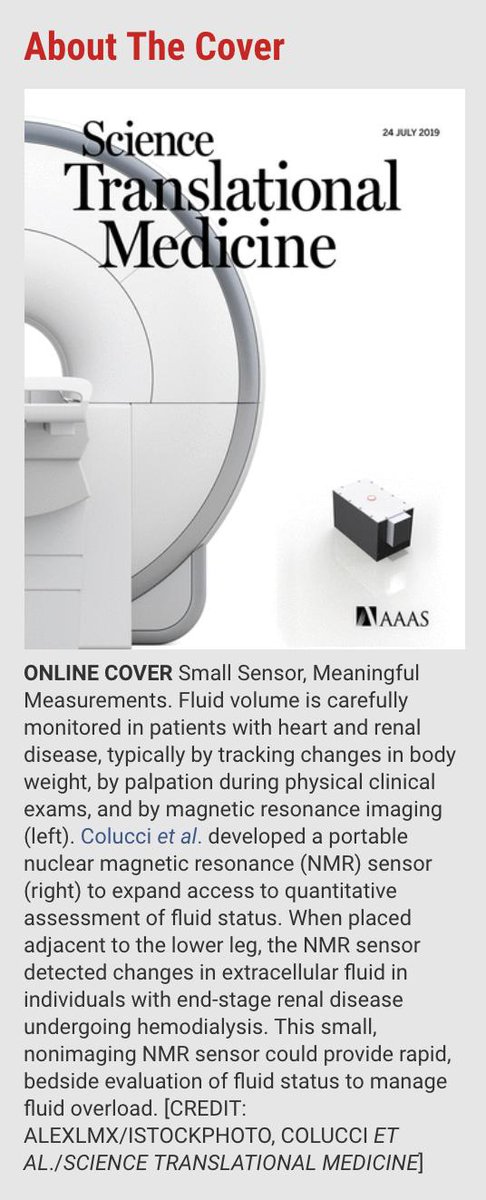
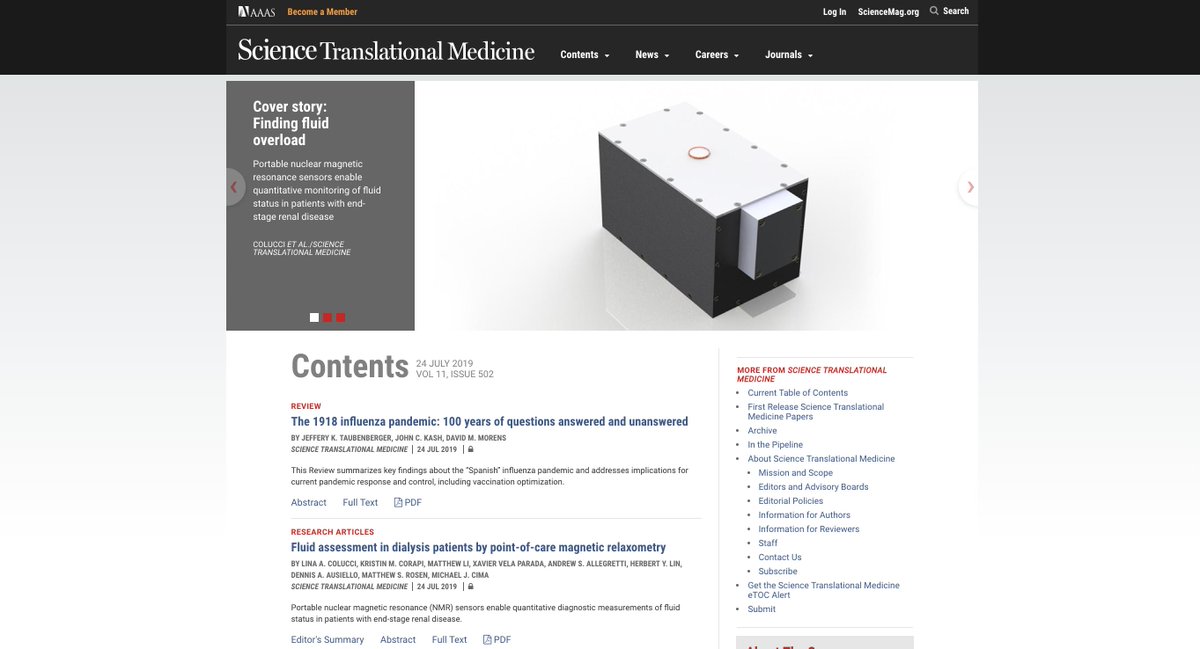
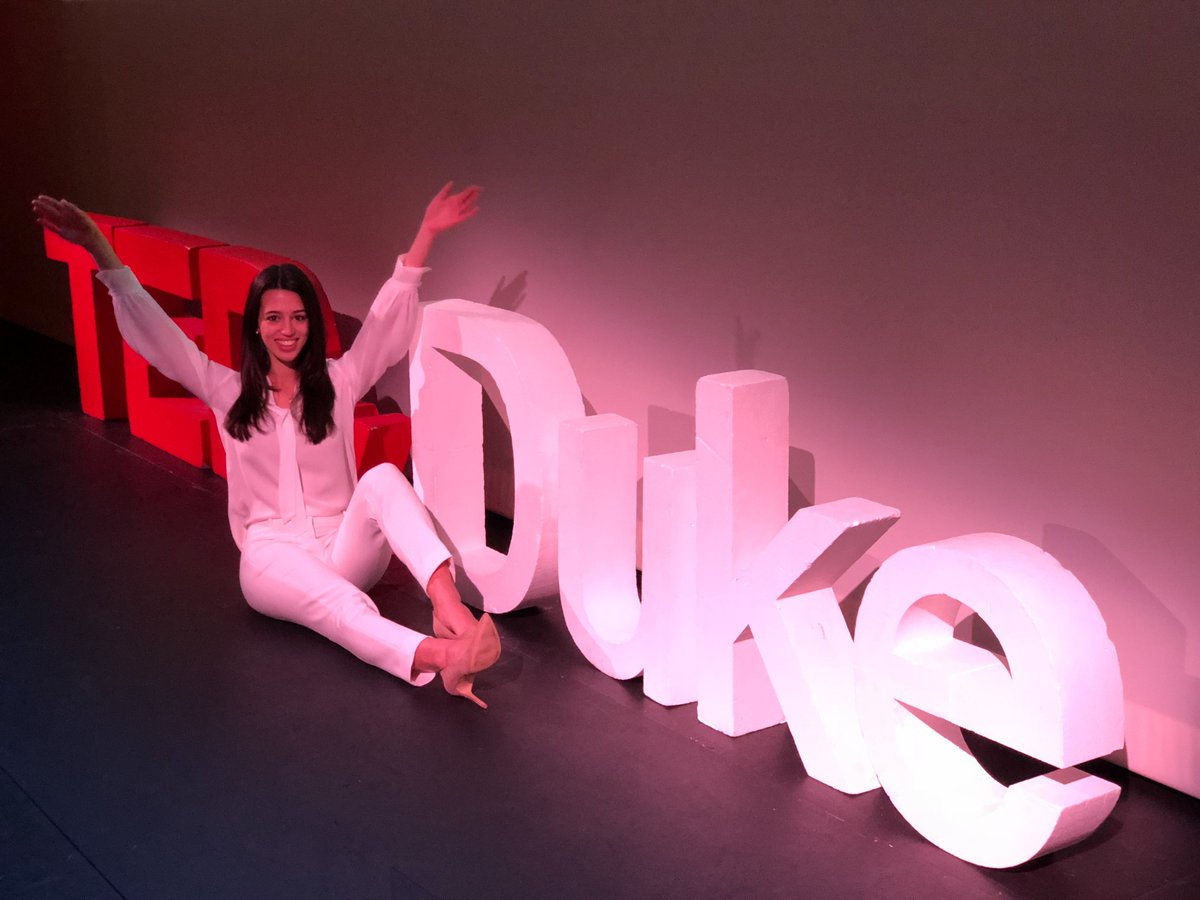
Original paper: stm.sciencemag.org/content/11/502…




